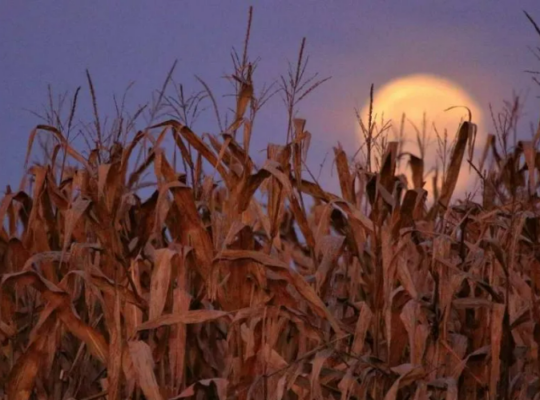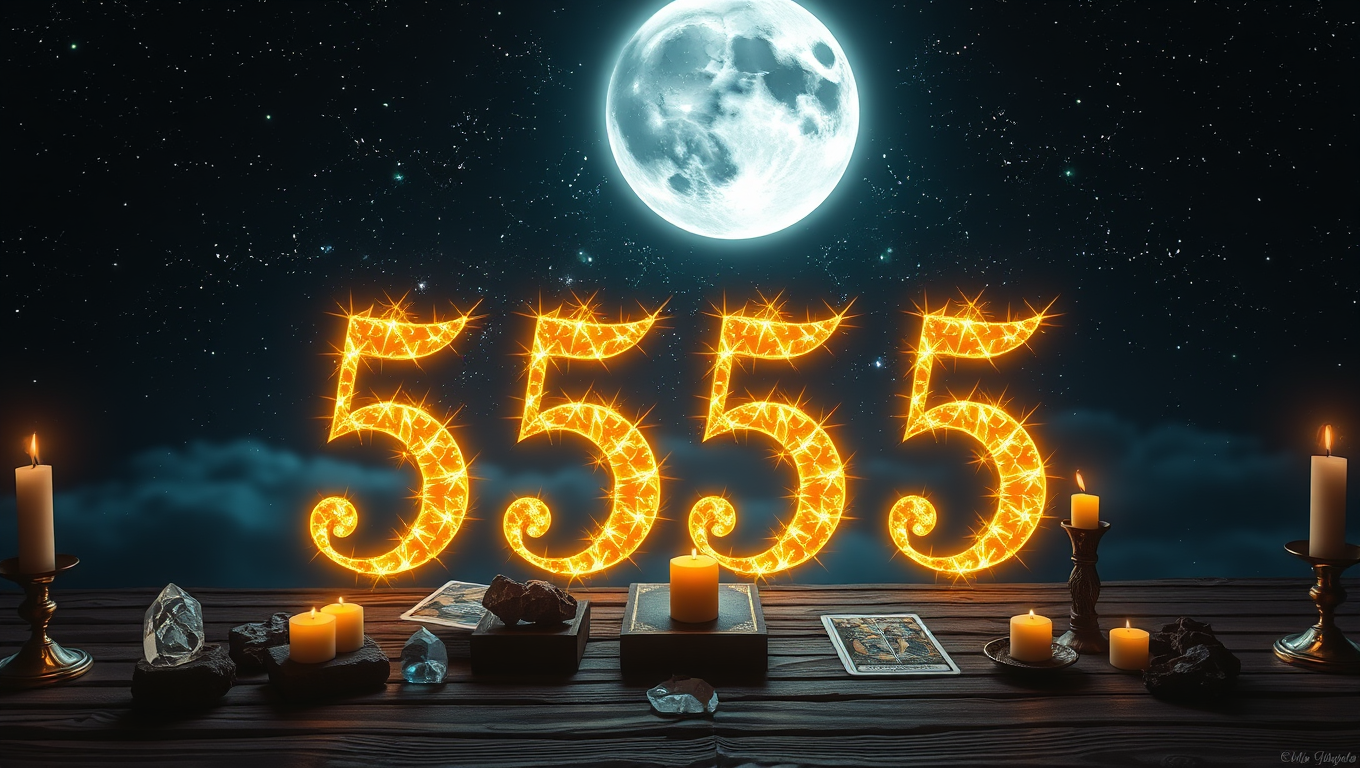Winter’s grip starts to loosen, and a deep change stirs in the air. Imbolc is a special time to celebrate renewal, welcoming spring’s gentle start. It’s a moment between darkness and light, where hope and new beginnings grow.
Imbolc is deeply connected to Celtic traditions. It’s not just a date; it’s a spiritual gateway. Here, we honor the Goddess Brigid and celebrate life’s rebirth from winter’s quiet. The festival is about fertility, creativity, and new life.
This magical time asks us to look within, like the earth does before spring. Imbolc falls on February 1st or 2nd, marking the halfway point between winter and spring. It’s a time of quiet, when hidden forces start to move.
Key Takeaways
- Imbolc signifies the transition from winter to spring
- The festival honors the Goddess Brigid and her transformative energy
- Renewal and new beginnings are central themes of the celebration
- Ancient Celtic traditions deeply inform Imbolc practices
- Spiritual reflection and personal growth are essential aspects
Understanding Imbolc: Origins and Significance
The ancient Celtic celebration of Imbolc is a rich tapestry of spiritual traditions. It connects us deeply to nature’s rhythms. Celtic Spirituality shines through this seasonal ritual, linking winter’s quiet to spring’s awakening.
Imbolc dates back to the 10th century in Irish literature. It marks a key moment in the agricultural calendar. Celebrated on February 1st, it signals the start of spring.
Ancient Celebrations and Candlemas Traditions
Our ancestors saw the deep meaning of this time. The Candlemas Traditions grew from these old practices. They connect us to the changing seasons.
- Marking the midpoint of winter
- Celebrating the first signs of spring
- Honoring agricultural cycles
The Role of Brigid in Imbolc
Saint Brigid is at the heart of Imbolc. She is the patron saint of Irish nuns, newborns, midwives, and dairy workers. Legends say nuns in Kildare kept a sacred fire for 500 years without ash.
| Saint Brigid Details | Historical Significance |
|---|---|
| Year of Death | 524 A.D. |
| Patron Saint Of | Nuns, Newborns, Midwives, Dairy Workers |
The Connection to the Celtic Calendar
The Celtic calendar saw Imbolc as a time of renewal. Today, it’s celebrated by Wiccans and those who follow pagan traditions. This festival reminds us of nature’s cycle of rebirth and change.
“In the heart of winter, we find the first whispers of spring’s promise.”
Embracing the Themes of Imbolc
The Winter to Spring Transition is a magical time of renewal and hope. As nature starts to wake up, Imbolc invites us to explore deep moments of change. These changes happen both around and within us.
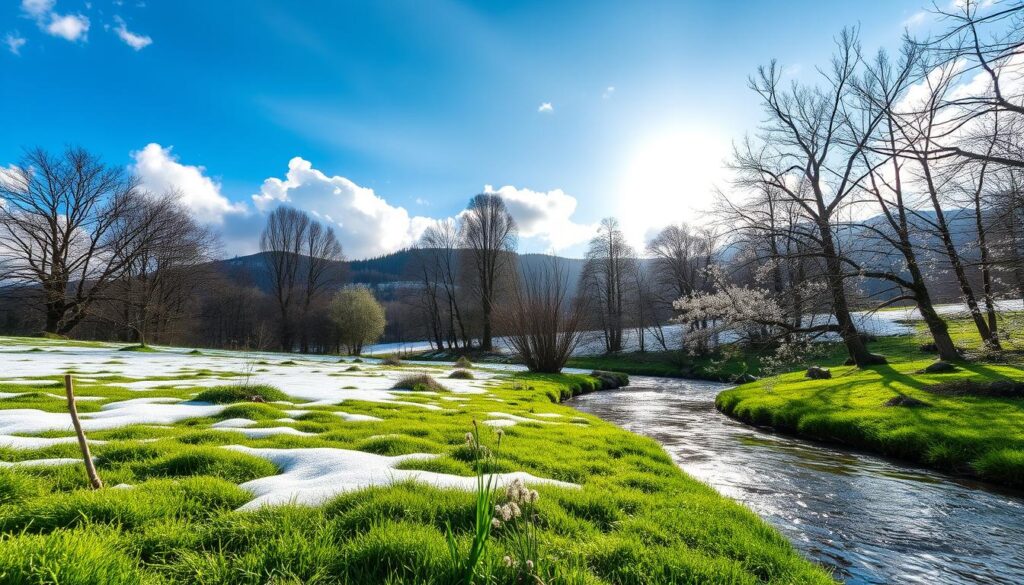
Renewal and Rebirth
Imbolc is a powerful time for personal and natural growth. It happens about 40 days after the Winter Solstice. This is when daylight starts to grow, bringing hope and new beginnings.
We can grow personally during this time. Here are some ways to do so:
- Meditation on personal transformation
- Setting intentions for the coming season
- Reflecting on inner growth
Light and Warmth Returning
Nature’s Awakening shows itself in more sunlight and signs of life. Communities light candles to celebrate this change, showing the sun’s growing power. Lighting candles connects us to ancient traditions of honoring the seasons.
“In the depth of winter, I learned that within me there lay an invincible summer.” – Albert Camus
Transition from Winter to Spring
Imbolc falls on February 1st or 2nd, marking a key moment between winter and spring. This time encourages us to:
- Prepare for new beginnings
- Release winter’s constraints
- Welcome emerging possibilities
The journey from winter to spring is not just external, but an internal process of awakening and transformation.
Imbolc Rituals and Practices
As the wheel of the year turns, Imbolc emerges as a powerful moment of spiritual renewal and awakening. The ancient Sabbat Celebrations invite us to embrace the subtle stirrings of life beneath winter’s quiet surface.

Brigid’s Day Rituals illuminate the path from darkness to light, connecting us with centuries-old traditions of hope and regeneration. These sacred practices offer profound ways to mark the transition between winter and spring.
Candle Lighting Ceremonies
Candle rituals stand at the heart of Imbolc traditions. Each flickering flame represents growing light and inner transformation. Practitioners often create sacred spaces with multiple candles, symbolizing the return of warmth and vitality.
- White candles symbolizing purification
- Green candles representing earth’s awakening
- Ritual candles blessed with intention
Creating Brigid’s Cross
Weaving a Brigid’s Cross is a cherished Imbolc tradition. This sacred symbol, typically crafted from rushes or wheat straw, represents protection and blessing.
Each strand woven carries the energy of renewal and hope.
Setting Intentions for the Year Ahead
| Intention Category | Focus Areas |
|---|---|
| Personal Growth | Spiritual development, self-care |
| Creative Pursuits | New projects, artistic exploration |
| Community Connection | Relationship building, support networks |
Imbolc offers a profound opportunity to set meaningful intentions. Reflect on your inner landscape and cultivate the seeds of transformation.
Seasonal Foods and Recipes for Imbolc
Food is sacred in Imbolc, linking us to ancient traditions and nature’s rhythms. As spring’s first whispers arrive, our food choices show our connection to Imbolc Symbolism.
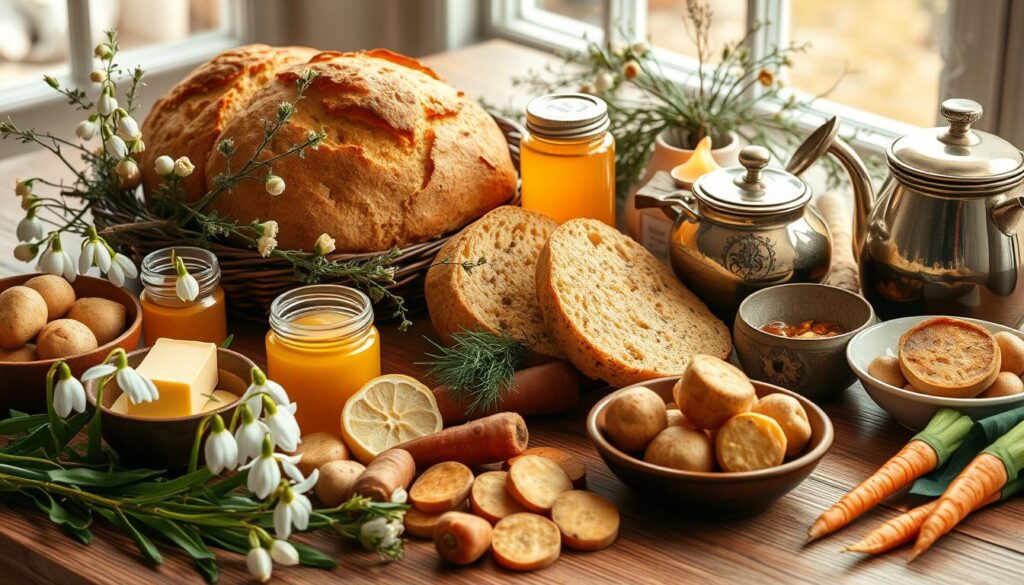
Imbolc is a time of renewal, seen in the foods we make. It’s about ingredients that symbolize fertility and new life. This time, we follow ancient traditions in our cooking, celebrating the seasons’ change.
Traditional Dishes of Celebration
- Bannock bread: An unleavened oatcake left as an offer
- Dairy-rich dishes honoring lactating ewes
- Seed cakes representing growth and possibility
Incorporating Seasonal Ingredients
Imbolc recipes use early spring’s fresh ingredients. Traditional items include:
- Wild onions
- Early spring greens
- Dairy products
- Honey
- Oats and barley
“Let each dish be a prayer, each ingredient a blessing of renewal.”
Simple Recipes for the Celebration
Try making honey oat bread for Imbolc. It connects you to ancient celebrations. Bake at 375°F for about an hour, symbolizing spring’s awakening.
By following these culinary traditions, we honor life’s cycles and the shift from winter to spring’s life.
Connecting with Nature During Imbolc
Imbolc invites us to step outside and see the early signs of spring. Snowdrops and crocuses are the first to bloom, showing the earth’s renewal. They bring hope and growth, urging us to reconnect with nature.
Celtic Spirituality teaches us to notice nature’s changes during Imbolc. Being in nature can make us 35% happier, making it a great time to explore outside. It’s a chance to plant seeds of intention, both in our gardens and in our lives.
Gardening is a spiritual act during Imbolc. Plants like crocuses and daffodils symbolize new beginnings and fertility. By planting with intentions, we tap into the renewal spirit of this season.
As we embrace the season’s magic, remember that 25% of homes now connect with nature. This shows our deep bond with nature’s cycles, which have guided us for ages.
Blessed Be!
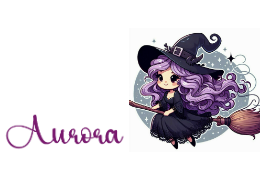
FAQ
What exactly is Imbolc?
Imbolc is an ancient Celtic festival. It marks the halfway point between winter solstice and spring equinox. It’s a time of renewal and awakening, celebrating the first stirrings of spring.
Traditionally observed on February 1st or 2nd, this festival honors the transition from winter to spring. It’s a time for new beginnings.
Who is Brigid, and how is she connected to Imbolc?
Brigid is a powerful Celtic goddess. She’s associated with poetry, healing, and smithcraft. During Imbolc, she’s honored as a symbol of fertility and inspiration.
In Celtic traditions, Brigid represents the returning light, creativity, and the life-giving power of the feminine divine. Many practitioners create Brigid’s Cross, a traditional symbol of protection and blessing during this celebration.
How can I celebrate Imbolc at home?
There are several meaningful ways to celebrate Imbolc. You might light candles to symbolize the returning light. Or create a Brigid’s Cross.
Performing a personal cleansing ritual or setting intentions for the coming year are also good ways to celebrate. Nature walks, observing early spring signs, and preparing seasonal foods are traditional ways to honor this special time of year.
What are some traditional Imbolc foods?
Traditional Imbolc foods often include dairy products, bread, seeds, and early spring vegetables. Think milk-based dishes, bread with seeds, and foods that represent fertility and new growth.
Bannock bread, seed cakes, and dishes featuring dairy are significant during this celebration.
Is Imbolc only a Celtic celebration?
While Imbolc has deep roots in Celtic tradition, similar seasonal celebrations exist in many cultures. The theme of marking the transition from winter to spring is universal.
Parallels can be found in various cultural and spiritual traditions around the world.
How does Imbolc connect to modern spiritual practices?
Today, many modern pagans, wiccans, and spiritual practitioners continue to observe Imbolc. It’s a time of personal reflection, intention-setting, and honoring the cyclical nature of life.
It’s an opportunity to connect with natural rhythms, practice personal renewal, and celebrate the promise of spring.
What are some natural signs of Imbolc?
Look for early signs of spring such as snowdrops emerging, longer daylight hours, and subtle changes in bird migrations. Also, look for the first hints of green pushing through winter’s landscape.
These natural indicators symbolize the awakening of life and the promise of renewal inherent in the Imbolc season.

Subscribe to Witchy Weekly Wisdom!
Get updates on the latest posts and more from
Witchful Healing flying into your inbox.




